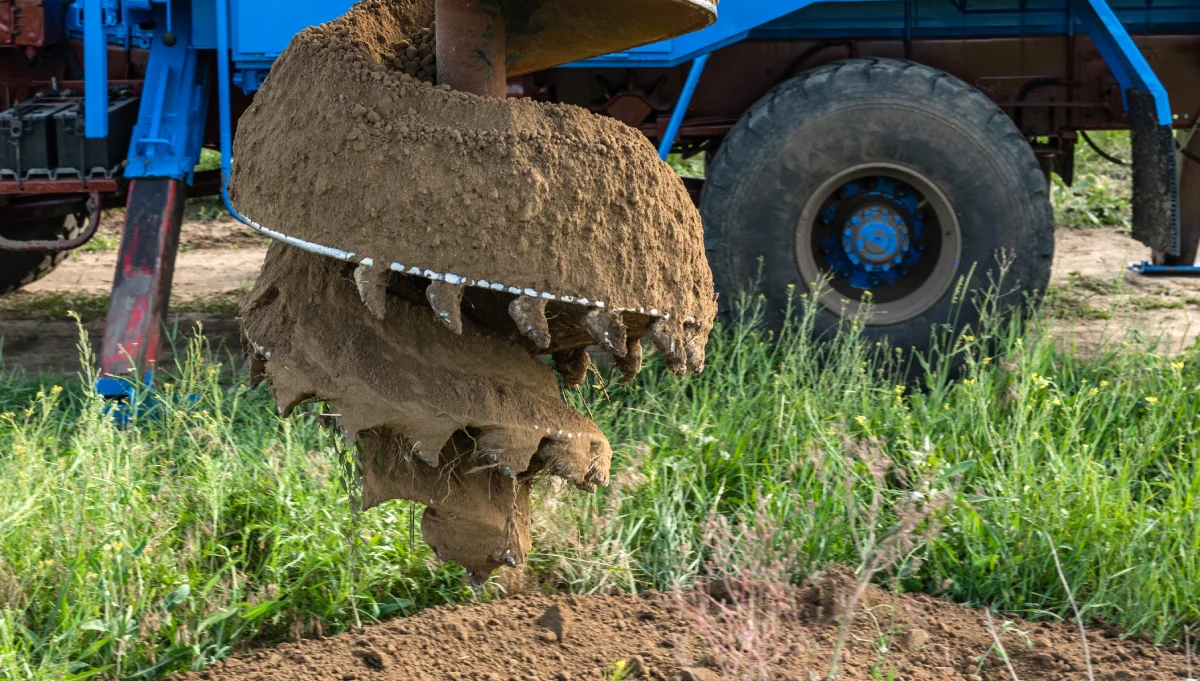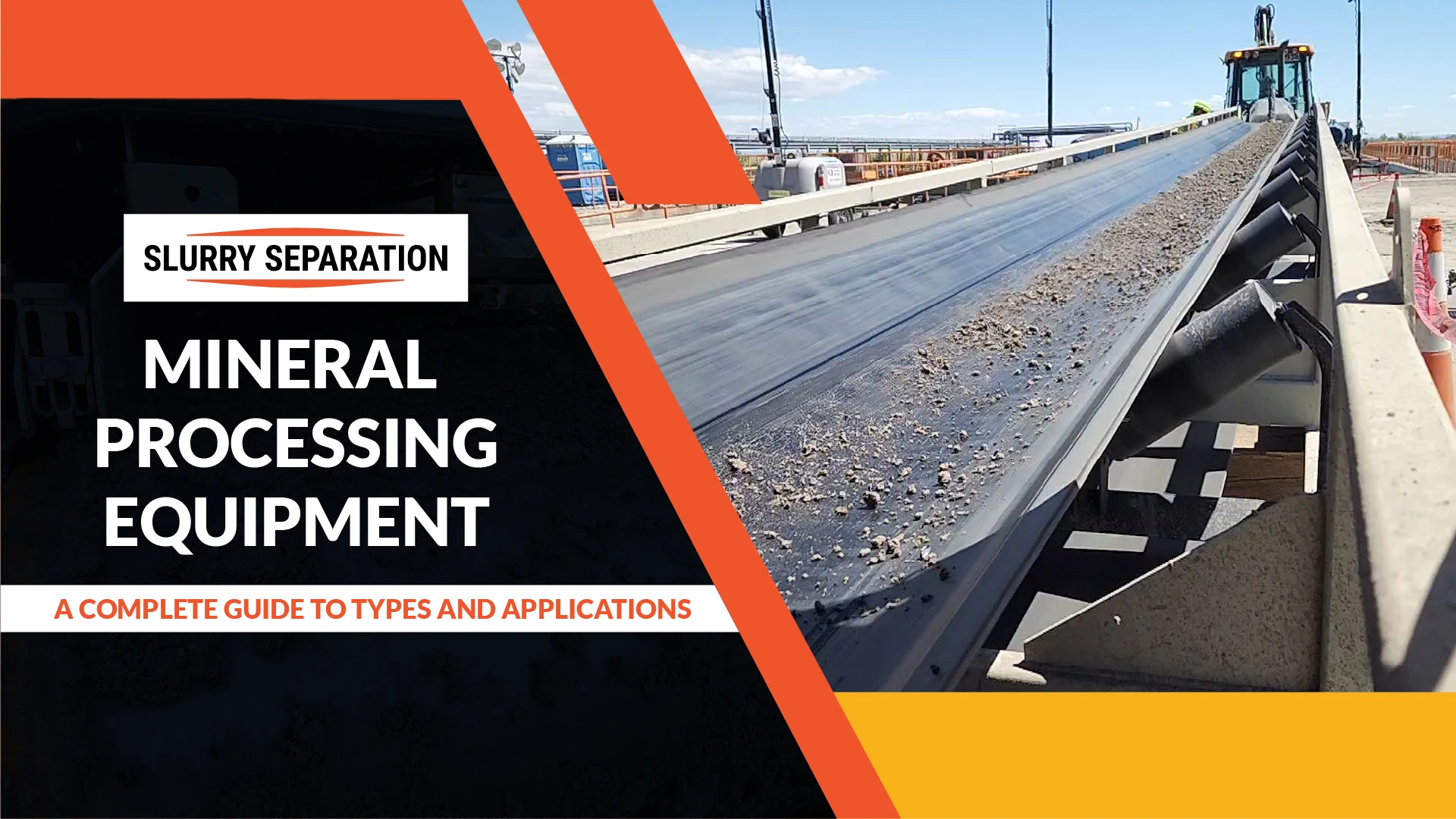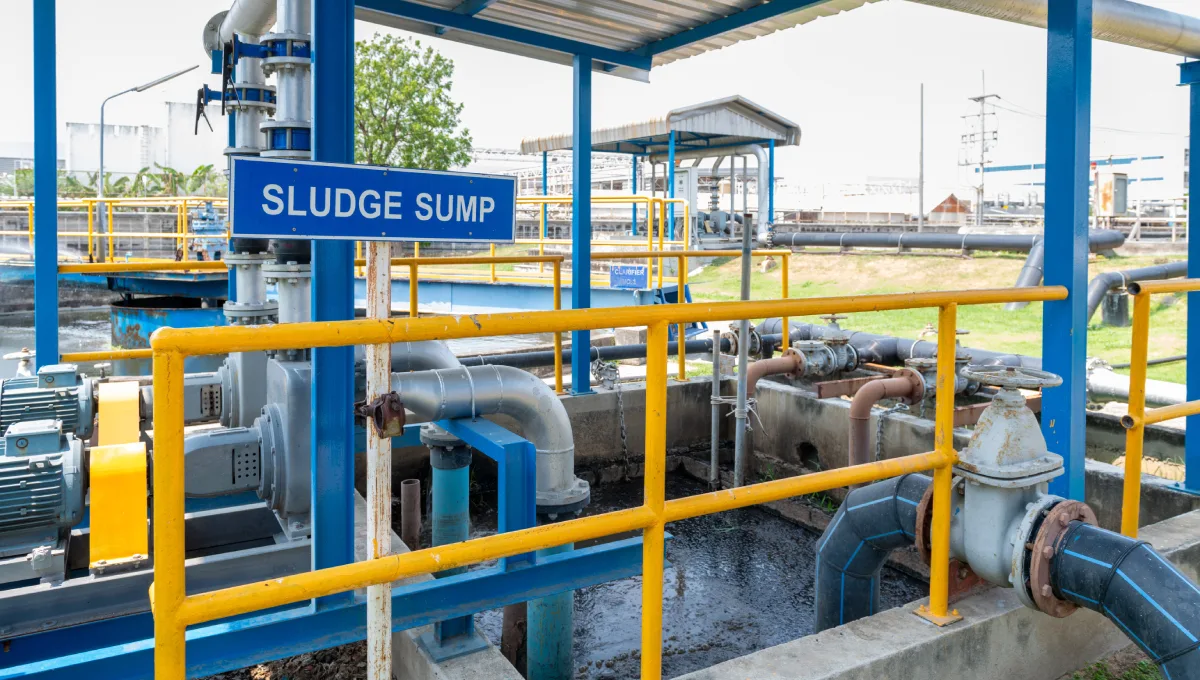Fly ash, a byproduct of coal combustion, poses environmental challenges when not adequately managed. In various industries, including energy production and construction, the disposal and treatment of fly ash requires efficient solids control processes to prevent environmental contamination. Shale shakers (slurry separators), commonly employed in oil and gas drilling for solids separation, offer a versatile solution for managing fly ash in industrial applications. In this article, we explore how shale shakers are utilized for fly ash separation, addressing the unique challenges and benefits of this application.
1. Introduction to Fly Ash Management
Fly ash, a fine powdery residue generated from coal-fired power plants, poses significant environmental challenges due to its potential for leaching heavy metals and other contaminants into soil and water resources. Proper fly ash management involves containment, dewatering, and disposal or beneficial reuse to mitigate environmental risks and comply with regulatory requirements. Slurry separators provide an effective solids control solution for separating fly ash from process water or slurry streams, facilitating efficient dewatering and solids management.
2. Slurry Separators Configuration and Operation
Slurry separators consist of a vibrating screen deck or multiple decks with mesh screens that filter solids from liquid streams, typically utilizing linear or elliptical motion patterns. In fly ash applications, shale shakers are configured with screens designed to handle fine particles and maximize solids removal efficiency. The vibrating motion of the shaker deck agitates the fly ash slurry, promoting solids separation and dewatering as the liquid phase passes through the screens, while the solids are retained on the surface.
3. Solids Control Efficiency
Slurry separators offer high solids control efficiency in fly ash jobs by effectively removing fine particles and solids from liquid streams. The mesh size and configuration of the screens are selected based on the particle size distribution of the fly ash and the desired solids removal efficiency. Coarser screens may be used initially to remove larger particles, followed by finer screens to capture smaller particles and ensure thorough solids control. By optimizing screen selection and operation parameters, shale shakers achieve efficient solids separation and dewatering, producing clean effluent and dry solids for disposal or reuse.
4. Dewatering and Waste Management
Dewatering is a critical aspect of fly ash management, as it reduces the volume of waste material and facilitates its handling and disposal. Slurry separators aid in the dewatering process by removing excess moisture from the fly ash slurry, resulting in a drier, more manageable solid phase. The dewatered fly ash can be further processed or transported for disposal in landfills or beneficial reuse applications, such as cement production or construction materials. Slurry separators play a key role in achieving the desired solids concentration and moisture content in the dewatered fly ash, optimizing waste management outcomes.
5. Environmental Benefits and Regulatory Compliance
Utilizing slurry separators for fly ash jobs offers environmental benefits by minimizing the release of contaminants into the environment and promoting regulatory compliance. By effectively removing solids from liquid streams, slurry separators reduce the risk of contamination to soil and water resources, protecting ecosystems and public health. Proper solids control and dewatering also facilitate compliance with environmental regulations governing fly ash disposal and beneficial reuse, ensuring responsible waste management practices and mitigating environmental liabilities.
6. Versatility and Adaptability
Shale shakers exhibit versatility and adaptability in fly ash jobs, accommodating variations in feedstock composition, particle size distribution, and processing requirements. The modular design of shale shakers allows for easy customization and integration into existing solids control systems or treatment processes. Additionally, shale shakers can be configured with various screen types, including polyurethane, composite, or metal screens, to suit specific application needs and operating conditions. Their flexibility enables seamless integration into fly ash management operations across different industries and settings.
A versatile and efficient solution for managing fly ash in industrial applications, providing effective solids control, dewatering, and waste management capabilities. By utilizing shale shakers for fly ash jobs, industries can achieve environmental compliance, minimize environmental risks, and optimize waste management outcomes. The versatility, efficiency, and adaptability of shale shakers make them invaluable tools for addressing the challenges associated with fly ash disposal and treatment, ultimately contributing to sustainable resource management and environmental stewardship.




